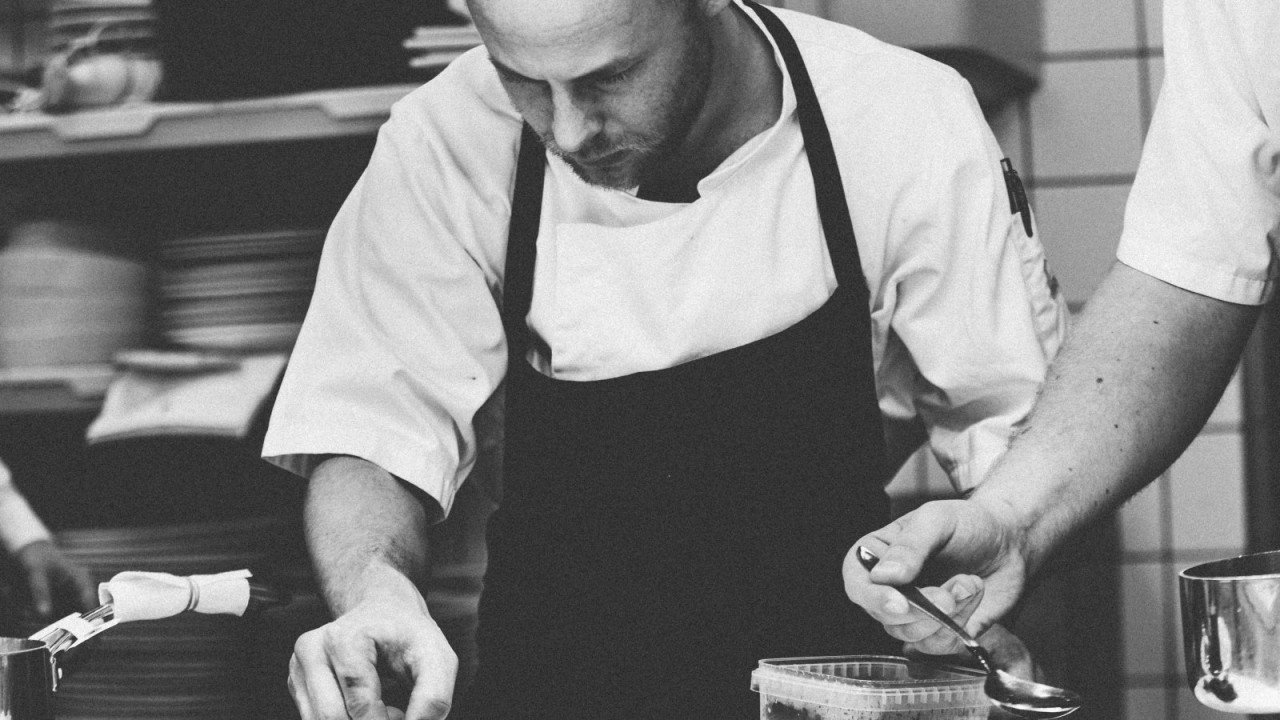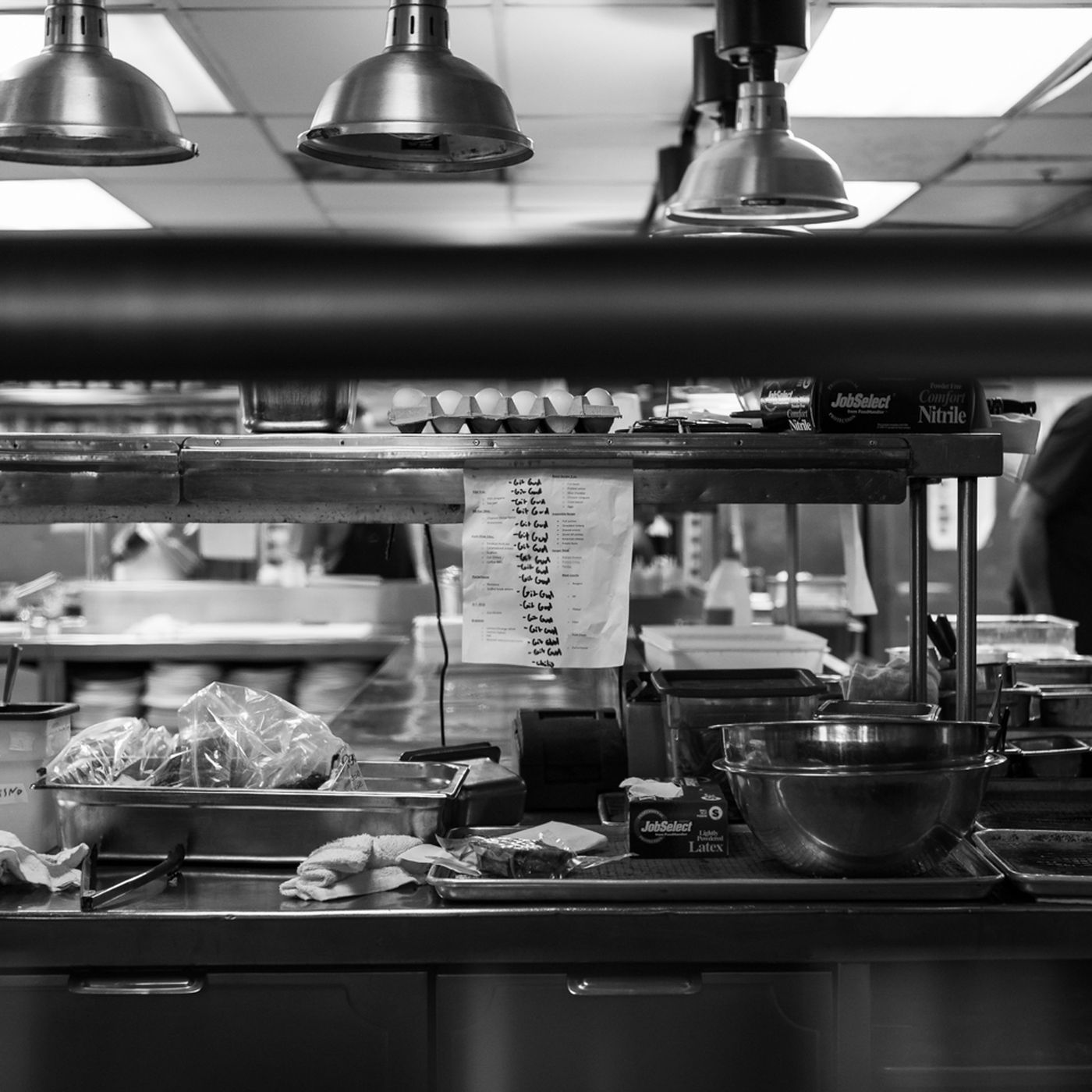Chefs’ roles have evolved dramatically over the years in the ever-evolving culinary arts industry. In a world fueled by technological advances, globalization, and shifting consumer preferences, the future of culinary leadership is at an intriguing crossroads, presenting both unprecedented opportunities as well as unique challenges.
Embracing Technological Advancements:
Our lives have been transformed by technology in every way, including the culinary world. Innovative kitchen gadgets, AI-driven cooking assistants, and sophisticated food production methods have revolutionized the way food is prepared, presented, and consumed.
AI-Powered Culinary Assistants: Imagine a kitchen where algorithms suggest creative ingredient combinations or predict popular dishes based on consumer trends. Culinary leaders of the future must adapt to these AI-driven tools, leveraging their capabilities to enhance creativity and efficiency without compromising authenticity. For example, AI-driven software can help chefs create personalized menu recommendations based on customer feedback, customize dishes to meet dietary restrictions, and even suggest preparation techniques to ensure optimal flavor.
Virtual and Augmented Reality in Culinary Education: The integration of VR and AR in culinary education offers immersive experiences for aspiring chefs. Future leaders should embrace these technologies to provide comprehensive, hands-on training, transcending geographical boundaries and fostering a globally connected culinary community. For instance, the culinary arts institute at Purdue University provides an immersive experience using virtual reality technology that allows learners to practice their craft in a simulated kitchen environment.
Globalization and Diverse Culinary Landscapes:
Globalization has given us a rich tapestry of diverse cuisines and cultural influences. Culinary leaders must navigate this multicultural landscape while preserving their traditional culinary heritage and embracing fusion trends. For example, Indian cuisine has become increasingly popular in the Western world, with chefs experimenting with new flavors and techniques while still preserving the traditional flavors of the country.
Cultural Sensitivity and Adaptability: Understanding and respecting diverse culinary customs and preferences is imperative for future leaders. Adapting traditional dishes to suit varying dietary needs and preferences without compromising their essence requires a delicate balance. This balance is essential for avoiding potential misunderstandings or conflicts that may arise if a person’s dietary needs are not met. Additionally, understanding different cultures and cuisines can help leaders build relationships and bridges between different cultures.
Collaborative Fusion Innovations: The fusion of different culinary traditions can lead to remarkable gastronomic innovations. Case studies of successful fusion restaurants or chefs who seamlessly blend flavors from different cultures can inspire budding culinary leaders to experiment and create their unique culinary identities. For example, the fusion restaurant ‘The Spice Route’ in India combines traditional Indian flavors with influences from around the world to create unique dishes such as their ‘Lamb Shank Wellington’, which combines Indian spices with European-style pastry.
Changing Consumer Behaviors:
Consumer behaviors and preferences in the food industry are constantly evolving, influenced by health concerns, sustainability, and a growing appetite for unique dining experiences.
Health-Conscious Consumerism: The rise of health-conscious consumers demands culinary leaders to craft menus that prioritize nutrition without sacrificing taste. Incorporating sustainable, organic, and locally sourced ingredients reflects a commitment to health and environmental consciousness. For instance, a restaurant might offer dishes made with free-range chicken or grass-fed beef, and source organic vegetables from a local farm.
Personalization and Experiential Dining: Customization is the key to the future of dining. Culinary leaders must innovate by offering personalized dining experiences, through customizable menus or interactive culinary events. This will engage patrons deeper. For instance, some restaurants may offer personalized menus with dishes tailored to the customer’s tastes, or even create interactive dining experiences that include cooking classes or live food demonstrations.
Practical Advice for Aspiring Culinary Leaders:
- Continuous Learning: Stay updated with technological advancements, culinary trends, and global cuisines through continuous education and hands-on experience.
- Adaptability and Innovation: Embrace change, experiment with cutting-edge techniques, and encourage innovation within your culinary team.
- Cultural Appreciation: Develop a deep understanding and appreciation of diverse cultures and cuisines to create inclusive and authentic culinary experiences.
- Sustainability and Social Responsibility: Integrate sustainable practices and social responsibility into your culinary vision, resonating with modern consumers’ values.
In conclusion
The future of culinary leadership is a captivating journey. This is where adaptability, innovation, cultural sensitivity, and a deep understanding of evolving consumer behaviors will define success. Embracing these trends and challenges will empower culinary leaders tomorrow to create extraordinary dining experiences that resonate with global audiences. This will preserve the essence of culinary artistry.
As we venture into this culinary frontier, remember, the secret ingredient to successful leadership lies not just in mastering recipes but in crafting compelling stories through food. This will captivate hearts and palates alike.




